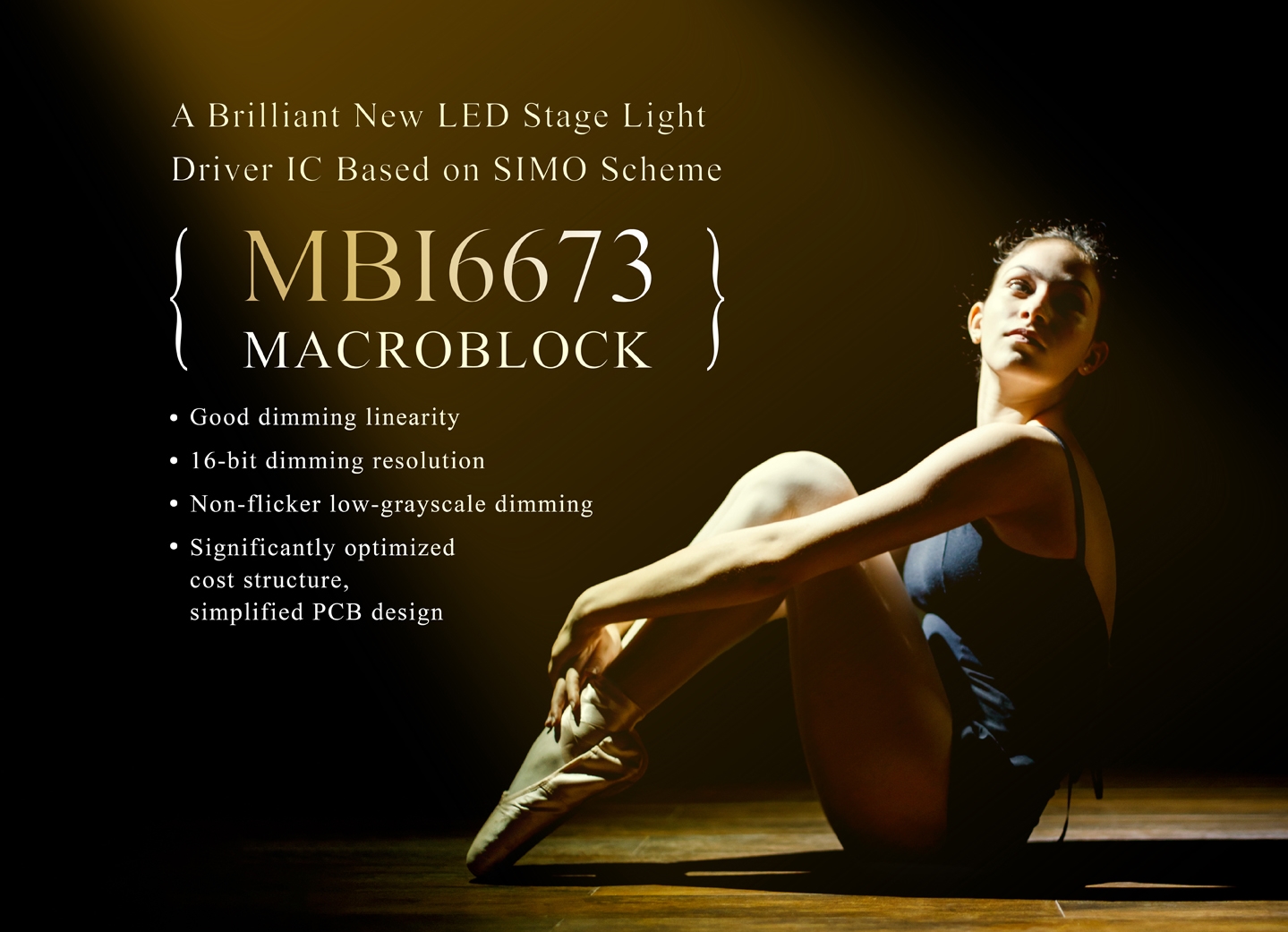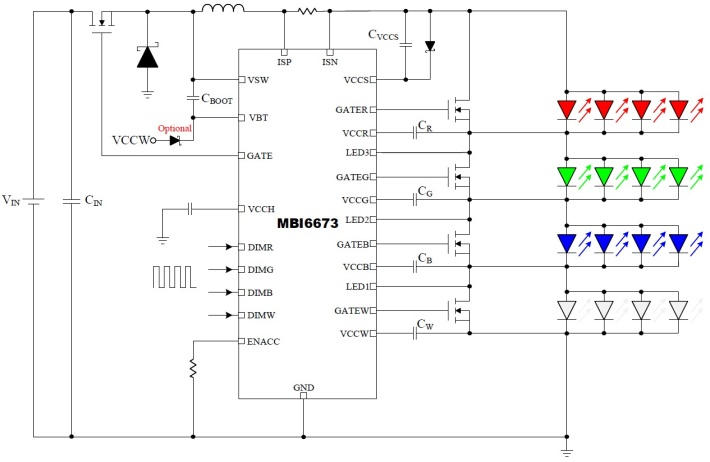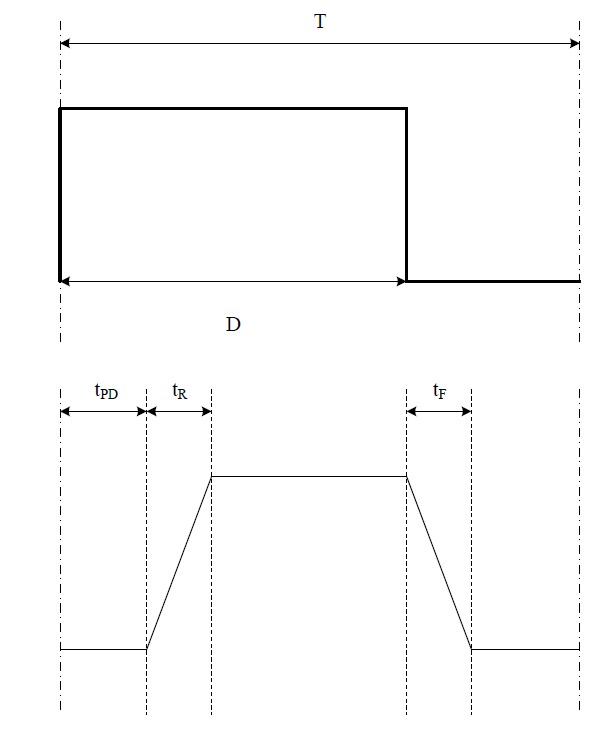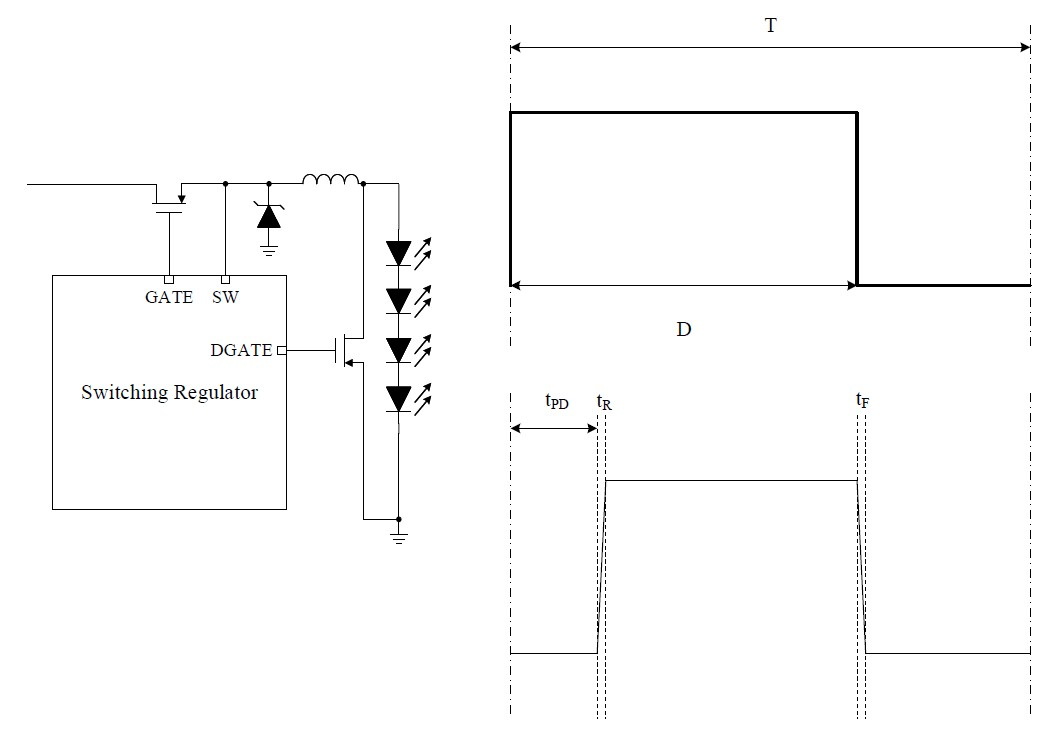CLOSE
Search for “” keywords, total search results
CLOSE
Search for “” keywords, total search results
2021.July

A successful concerts needs singers and bands to touch the hearts of audiences. Quality stage lighting is also essential as it creates the necessary atmosphere and ambiance with varying colors. What makes quality stage lighting? It must dim smoothly without flickers and support vibrant colors with lots of gradation. Therefore, stage light manufacturers test LED driver ICs or flicker-free low-grayscale dimming, good dimming linearity and 16-bit dimming resolution. This article explains how Macroblock meets these requirements with the SIMO scheme and MBI6673, an LED driver based on the scheme.

Figure 1. MBI6673 SIMO scheme
SIMO LED driver scheme
Simply speaking, the MBI6673 is based on the SIMO scheme that enables a single step-down circuit comprised of one buck controller and an inductor to supply start-up voltage to red (R), green (G), blue (B) and white (W) LEDs and to dim each LED with 4 shunt-dimming control channels (Figure 1).
Stage light manufacturers'3 testing criteria
I. Flicker-free low-grayscale dimming
LEDs tend to flicker with low-grayscale dimming as the dimming frequency increases, i.e. over 5kHz, since the on-time for low duty-ratio dimming signal does not cover the entire inductor current. As a result, dimming signal on-time may include the peak and valley of the inductor current, which results in fluctuating inductor current to the LED, causing flickers. MBI6673 is based on the SIMO scheme that synchronizes the input dimming signal with the operating frequency. As the dimming signal is sent to the driver, the on-time will span the inductor current peak so that the MBI6673 will not flicker with low-grayscale dimming.
II. Good dimming linearity
Good dimming linearity is essential for smooth lighting. First we must understand the relationship between lit-up time and dimming linearity. “Lit-up time” refers to the time that the LED lights up as the LED driver supplies the dimming signal given a fixed dimming signal frequency. The earlier the lit-up time, the more grayscales for dimming that can be represented. For example, with a dimming frequency of 4 kHz, a lit-up time of 50ns and an operating frequency of 56 Hz (17.6μs cycle), MBI6673 supports 352 grayscales (352T). As there are 352 grayscales between 0% to 100% brightness, MBI6673 boasts good dimming linearity. MBI6673’s lit-up time of 50ns makes it the most responsive LED driver IC with the best dimming linearity available.
III. 16-bit dimming resolution
16-bit dimming resolution is essential for stage lights to provide a variety of mixed colors. We need to understand what physical factors affect the dimming resolution the most: The time it takes LED driver ICs to respond to the dimming signal (tPD) determines the maximum dimming resolution while inductor current rise time (tR) and fall time (tF) limit the dimming resolution. The key to raising the dimming resolution is reducing the ratio of tR and tF to the dimming signal cycle, including how long the LED current needs to increase from 0 to the target current (tR) and drop from the target current to 0 (tF). The lower the ratio, the higher the dimming resolution.

Figure 2. Time propagation delay (tPD), rise time (tR) and fall time (tF)
Switch-type LED driver ICs have 3 ways to dim the LED: 1) PWM shunt MOSFET (MOS) dimming, 2) PWM cascade MOS dimming and 3) PWM master switch MOS dimming. With fixed dimming and operating frequencies, the rating of dimming depth is 1) > 2) > 3). PWM shunt MOS dimming excels in dimming depth as it leverages the extremely fast on-time and turn-off time of the MOS to cut tR and tF significantly. MBI6673 uses 4 PWM shunt dimming channels to rapidly and independently dim red, green, blue and white (Figure 3), effectively minimizing the effects of tR and tF that limit the dimming resolution. Furthermore, Macroblock’s R&D efforts boost dimming circuit response time to reduce tPD markedly. Therefore, 16-bit dimming resolution is easily within reach for MBI6673.

Figure 3. PWM shunt-dimming tPD, tR and tF
Based on the SIMO scheme, MIB6673 easily passed customer tests: flicker-free design thanks to low-grayscale dimming; good dimming linearity and 16-bit dimming resolution. Moreover, a single MBI6673, when coupled with one inductor, creates a buck controller and 4 shunt dimming control channels that control red, green, blue and white LEDs, saving customers 3 driver ICs, 3 conductors, 3 diodes and 3 MOSFETs with significantly optimized cost structure and simplified PCB design. MBI6673 is definitely your ideal LED stage light driver IC.